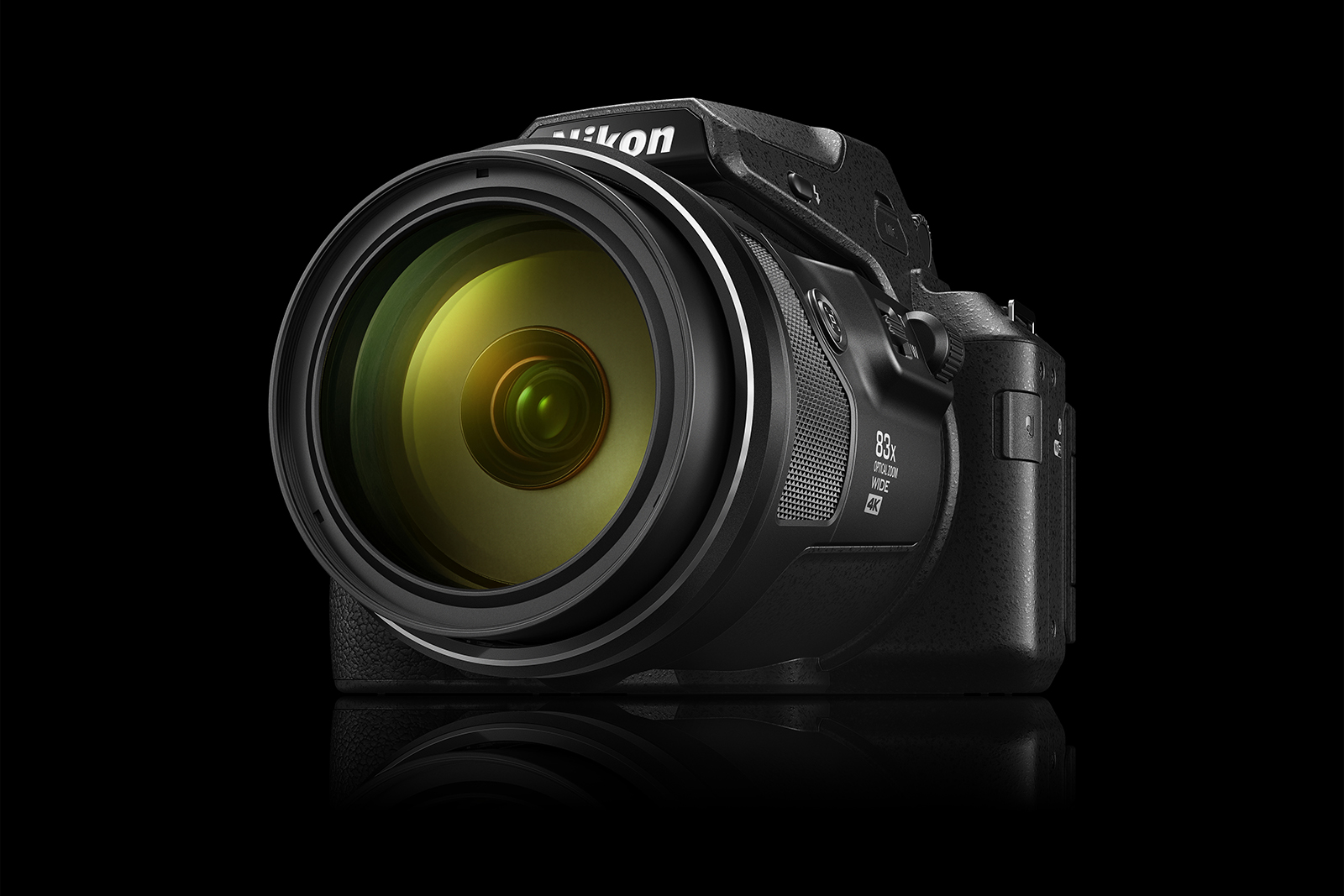No consumer camera has even close to the 125x zoom of the Nikon P1000 — but the camera doesn’t come cheap. The new Nikon P950, however, aims to sit in that sweet spot between price and features. Announced during CES 2020 on January 6 alongside the Nikon D780 DSLR and two new Nikkor lenses, the Nikon P950 is an 83x superzoom camera with 4K video.
While not as advanced as the P1000, the P950 offers more updated features than opting for the older P900. Sporting a 24-2,000mm lens, the camera boasts an 83x zoom range, while still being able to capture details up close with a .4 inch macro mode.
The camera uses a 16 megapixel 1/2.3-inch CMOS sensor, behind an f/2.8-6.5 zoom lens that’s equivalent to a 24-2000mm lens on a full-frame camera. Those specs are identical to the P900, but what’s boosted is a step up from 1080p to 4K video.
Lens shift stabilization is built-in, rated to 5.5 stops of stabilization to help hold that long lens steady. The camera also builds in a handful of modes that are designed for such a zoom, including a bird-watching mode and an option for photographing the moon.
The update also adds RAW files, giving users more editing flexibility than JPEG. The update also boosts the resolution of the viewfinder.
Like the P900, the P950 offers a 7 fps burst mode, with a 10-shot buffer. The camera uses a contrast-detection autofocus system that includes face priority and subject tracking.
While the P950 isn’t an interchangeable lens camera, the body looks and feels more like a DSLR than a point-and-shoot camera, in part due to the large lens. A hot-shoe slot allows for adding on accessories, including Nikon’s Dot Sight for pointing that big zoom in the right direction. The camera uses a 2.359 million dot viewfinder and a 3.2-inch tilting screen. That hefty lens pushes the camera to over two pounds, with the lens making the camera 5.9-inches deep.
The Nikon P950 launches next month, retailing for about $800. That’s $100 more than the older P900 is selling for, but $200 or so less than the 125x zoom P1000.
Follow our live blog for more CES news and announcements.
Editors' Recommendations
- Nikon Coolpix P950 vs. P1000: Superzoom showdown
- Vizio launches its first OLED 4K TV and doubles down on quantum dots at CES 2020







